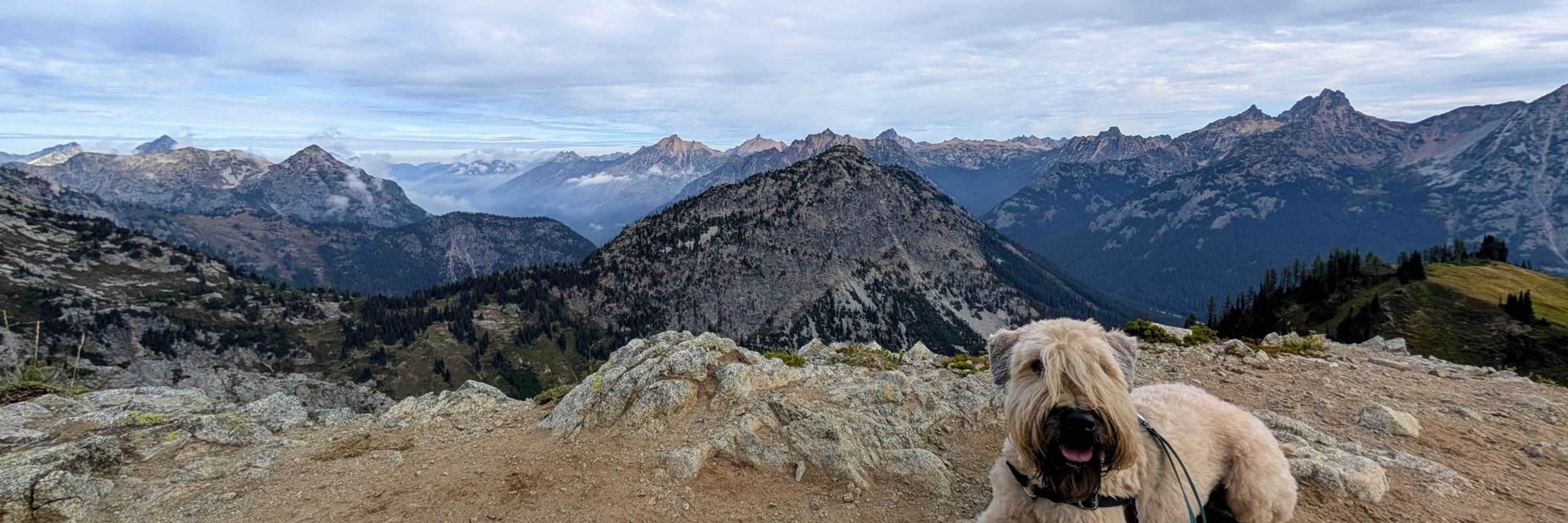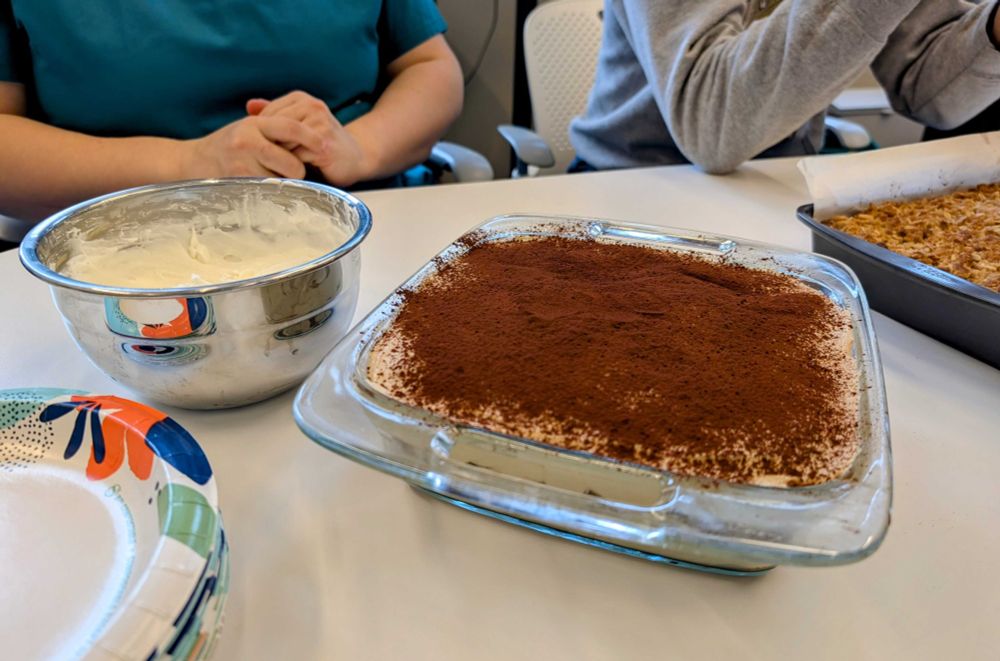
Believe it or not, my last name has two R's and zero E's.
She/her

Lydia's celebration dessert of choice was tiramisu. This version was true to Seattle, with amped up levels of coffee over traditional ones ☕😋


Lydia's celebration dessert of choice was tiramisu. This version was true to Seattle, with amped up levels of coffee over traditional ones ☕😋
And, of course, a massive thank you to our 🐵A & B for making these discoveries possible.
And, of course, a massive thank you to our 🐵A & B for making these discoveries possible.

